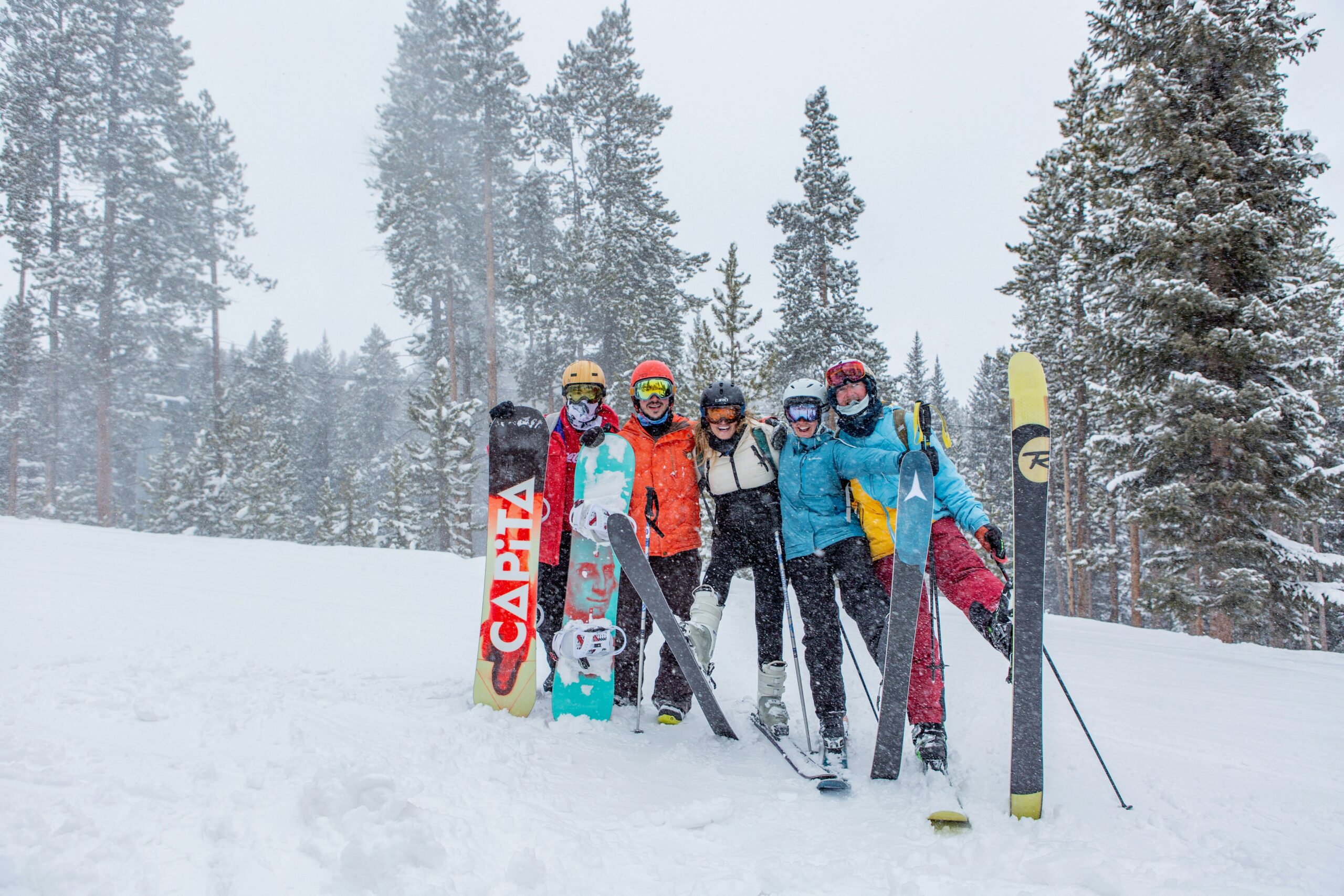Skiing and snowboarding are beloved winter sports that offer excitement, breathtaking scenery, and a great workout. However, these activities also come with a risk of injury, particularly to the knees and other parts of the musculoskeletal system. Knee injuries and orthopedic issues are among the most common injuries seen by winter sports enthusiasts. Understanding these risks and learning how to prevent them can help you enjoy the slopes safely this winter.
Why Skiing and Snowboarding Lead to Injuries
Both skiing and snowboarding require balance, coordination, and strength. Rapid changes in direction, high speeds, and falls are all part of the sport, but they also create opportunities for injuries. The knees, being heavily involved in movements like bending, twisting, and stabilizing, are particularly vulnerable. Other common orthopedic injuries involve the shoulders, wrists, and spine due to awkward landings or collisions.
Common Knee Injuries in Skiing and Snowboarding
1. ACL Tears
The anterior cruciate ligament (ACL) stabilizes the knee joint, but it’s at risk when skiers or snowboarders twist their knees while the foot is fixed. This can occur during sharp turns, falls, or improper landings after a jump.
2. MCL Sprains
The medial collateral ligament (MCL) is another ligament in the knee that’s commonly injured in skiing. MCL sprains often result from falls or when the knee is forced inward, such as during a collision.
3. Meniscus Tears
The meniscus is cartilage that cushions the knee joint. Twisting movements, especially with added pressure, can cause this cartilage to tear. This injury often accompanies ACL tears.
4. Patellar Dislocation
A sudden impact or a fall can cause the kneecap to move out of its normal position, leading to pain, swelling, and instability.
Other Orthopedic Injuries
- Wrist Fractures: These are common in snowboarders who instinctively use their hands to break a fall.
- Shoulder Dislocations: Dislocations often occur when falling onto an outstretched arm or during high-impact collisions.
- Spinal Injuries: Improper falls or jumps can result in back strains or even fractures in severe cases.
Tips to Prevent Skiing and Snowboarding Injuries
1. Strengthen Your Body
Building strength, especially in your core, legs, and knees, is crucial to preventing injuries. Exercises like squats, lunges, and planks improve stability and reduce the risk of ligament injuries.
2. Warm Up Before Hitting the Slopes
Cold muscles are more prone to injury. Take a few minutes to stretch and warm up your muscles with light aerobic activity before starting.
3. Use Proper Equipment
- Well-Fitted Gear: Ensure your ski boots, bindings, and snowboard fit correctly. Ill-fitting equipment increases the risk of falls and injuries.
- Protective Gear: Wear a helmet, knee pads, and wrist guards for added safety.
4. Learn Proper Technique
Take lessons from a qualified instructor if you’re new to skiing or snowboarding. Even experienced athletes can benefit from learning advanced techniques to reduce strain on their knees and improve balance.
5. Know Your Limits
Avoid pushing yourself too hard, especially if you’re tired. Fatigue increases the likelihood of accidents.
6. Stay Aware of Slope Conditions
Be mindful of weather, slope conditions, and your surroundings. Icy or crowded slopes can increase the risk of falls and collisions.
The Importance of Physical Therapy After Injury
While skiing and snowboarding are thrilling ways to enjoy the winter season, they come with inherent risks. Knee injuries and other orthopedic issues are common but can often be prevented with proper preparation, technique, and caution.
If you find yourself in a situation where you get injured during skiing or snowboarding, be sure to see a physical therapist afterward. It will make all the difference in recovery and getting back to your normal routines. Pick PT is ready to help you regain strength, mobility, and independence after an injury!



